The updated 2019 Mac Pro brings back Apple's Expansion Slot Utility app to customize PCIe bandwidth between the eight available PCI-express slots on the professional machine.
Discovered in the second beta of macOS Catalina, Apple has brought back the Expansion Slot Utility which existed for a time on the original "cheese grater" Mac Pro line. The Expansion Slot Utility is used to manage PCI cards to help allocate bandwidth as the user sees fit rather than automatically. For example, users could allocate additional lanes towards a graphics card for more bandwidth.
The new 2019 model has eight total PCI-express slots for users to take advantage of. In total, the unit has four full-size, three double-wide, and a single half slot that comes pre-filled with Apple's own I/O board.
The inclusion was spotted by Steve Moser and shared on Twitter.
New Mac Pro Details from Catalina Beta 2
— Steve Moser (@SteveMoser) July 1, 2019
- Mac7,1 is codenamed J160
- Expansion Slot Utility app lives again
- Possible config names
- Apple Pro Display XDR Artwork
Also ICYMI: AMD GPUs /cc @siracusa @_inside @stroughtonsmith https://t.co/fyPbeTbBe9 https://t.co/Sot6kHDtnF pic.twitter.com/WfWu0eoYfN
Apple debuted the new 2019 Mac Pro at WWDC earlier this year. AppleInsider went hands-on ahead of the launch later this year. The powerful machine is likely overkill for the average consumer but is targeted at Apple's high-end professional market that needs the power and customizability.
 Andrew O'Hara
Andrew O'Hara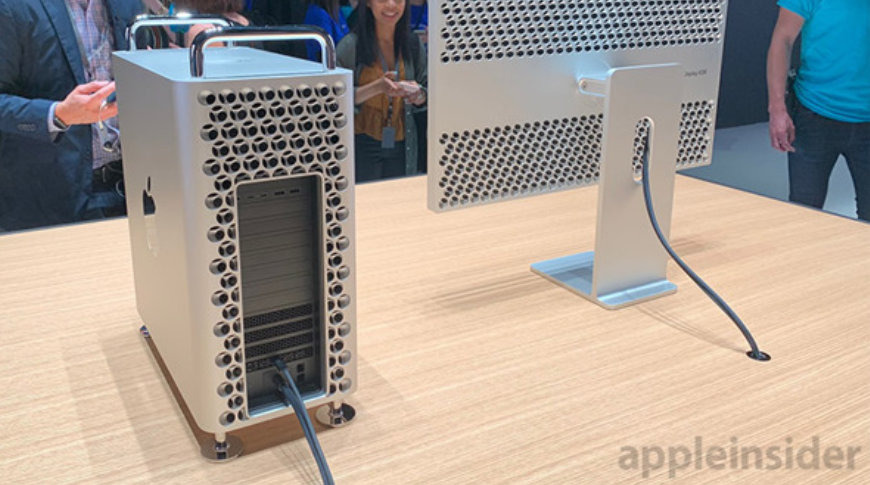
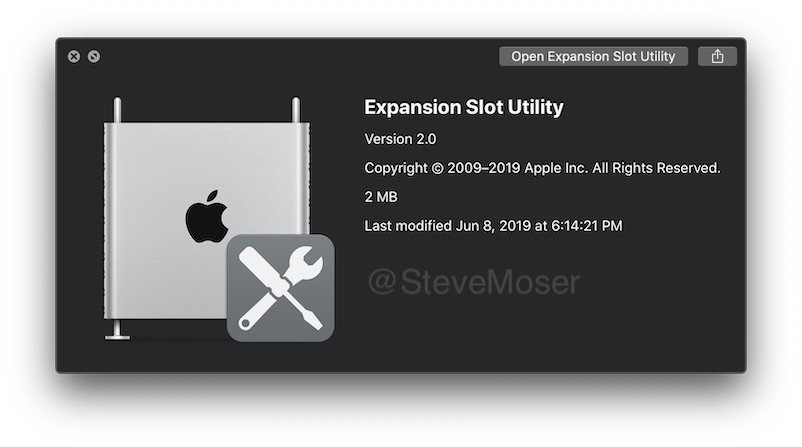








 Christine McKee
Christine McKee
 Wesley Hilliard
Wesley Hilliard
 William Gallagher
William Gallagher
 Malcolm Owen
Malcolm Owen

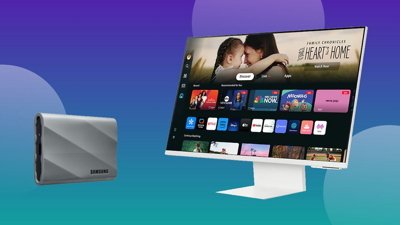
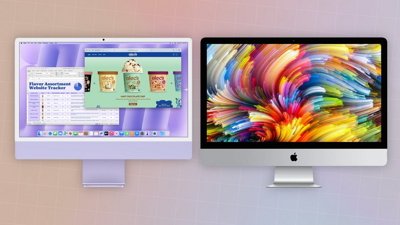


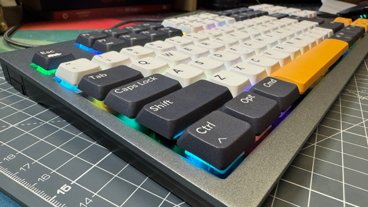



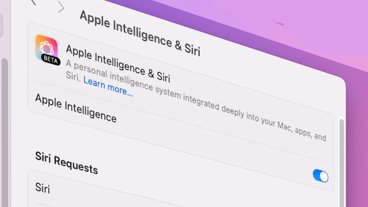


2 Comments
Alex Lindsay, founder of Pixel Corps, formerly of ILM, said the new Mac Pro is exactly what he wanted on last week’s MacBreak Weekly podcast. He also predicts that Apple will sell every Mac Pro it can make when it becomes available. Indeed this machine is for high-end professionals and not for the headless Mac tower w/slots types who moan and groan about it on a daily basis here.
The Xeon W chips Apple is expected to use (the specs line up with Apple's claimed specs) have 64 PCIe lanes. The Mac Pro itself has:
Plus at least two PCIe x2 slots (more likely x4) for the SSDs, and a few for the upper Thunderbolt ports. That's at least 96 lanes (with x2 SSD slots) of system capacity backed by only 64 lanes of processor capacity. They have to be using a PCIe switch.
Making the switch configurable makes a lot of sense.